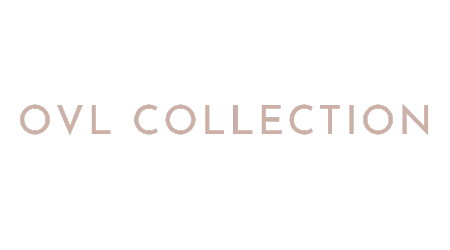Life is full of daily responsibilities, but the way we approach them can make all the difference in how we feel about them. Often, we say "I have to" when faced with tasks, which can make them feel like burdens. But what if we could change our perspective by simply saying "I get to" instead? This small shift can transform mundane tasks into opportunities, fostering gratitude and a more positive mindset.
What Does “I Get To” Really Mean?
The phrase “I get to” is more than just a simple rewording of “I have to.” It’s a mindset shift that moves us from feeling trapped or burdened by responsibilities to recognizing the privilege and opportunity in those moments. Instead of feeling like we’re required to do something, we begin to see the value in it. This simple change in language can have a profound impact on how we approach not only daily tasks but life in general.
Why is “I Get To” So Important?
When we say “I have to,” we often feel forced or obligated to complete a task, which can create stress or resentment. The mindset shift to “I get to,” however, allows us to see the positive side of our daily duties. It reinforces the idea that we have control and choice, and it helps us embrace gratitude for the experiences and opportunities we’re given. Research shows that practicing gratitude can lead to a range of benefits, including better mental health, increased happiness, and improved relationships.
1. Reframing Everyday Moments
The shift from “I have to” to “I get to” is not just a mental exercise—it’s a practical tool to improve our outlook on life. Start small. Next time you feel overwhelmed, try reframing your thoughts:
- Instead of saying, “I have to clean the house,” try, “I get to create a space where my family can relax and enjoy time together.”
- Instead of, “I have to go to work,” think, “I get to work in a job that helps me provide for my family and pursue my passions.”
Even the smallest tasks, like running errands or doing chores, can be reframed as opportunities to experience something meaningful, whether it’s spending time with loved ones or taking a moment for yourself.
2. The Power of Gratitude
By replacing “I have to” with “I get to,” we begin to focus on what we have rather than what we lack. Gratitude has been shown to increase happiness and reduce stress. In fact, studies show that people who regularly practice gratitude experience better mental health, stronger relationships, and greater life satisfaction. Reframing our tasks this way helps us cultivate a sense of appreciation for the things we often take for granted.
3. Creating a Gratitude Practice
Making this shift a regular part of your life can be incredibly powerful. Start by paying attention to moments when you automatically say “I have to,” and consciously replace them with “I get to.” It’s a simple practice, but over time, it will start to reshape how you view your responsibilities. The more you practice, the easier it becomes to approach life with a sense of gratitude and excitement.
One way to strengthen this practice is to wear a physical reminder. A piece of jewelry, like the I Get To Cuff Bracelet, can serve as a constant symbol of this positive mindset. By wearing this bracelet, you’ll have a visual reminder to stay present and embrace gratitude throughout your day.

4. The Science Behind the Shift
Psychologists have long studied the effects of language on our emotional and mental well-being. Studies have found that positive affirmations and reframing negative language can significantly impact our happiness. Using phrases like “I get to” activates a sense of empowerment and choice, while also helping us feel more in control of our daily lives. This simple shift in language can lead to improved mood, lower levels of stress, and a more optimistic outlook.
5. Incorporating Gratitude into Your Daily Life
Incorporating the “I get to” mindset is just one way to bring gratitude into your life. Consider journaling about things you’re grateful for, practicing mindfulness, or simply taking a moment each day to reflect on the positive aspects of your life. These practices help reinforce the positive effects of gratitude and shift your focus toward what’s going well, instead of what’s challenging.
Final Thoughts
Shifting from “I have to” to “I get to” is a simple but powerful change that can dramatically improve your mental outlook and overall well-being. By embracing this positive language, you can transform mundane tasks into opportunities and begin to cultivate a life full of gratitude and positivity. So, why not start today? Take a moment to reframe your daily responsibilities, and see how this small change can make a big impact on your mindset.
This practice is not just about changing language—it’s about changing how we experience the world. Start small, and watch how this shift can transform the way you approach life’s challenges.
Embrace this idea every day with the I Get To Cuff Bracelet.







